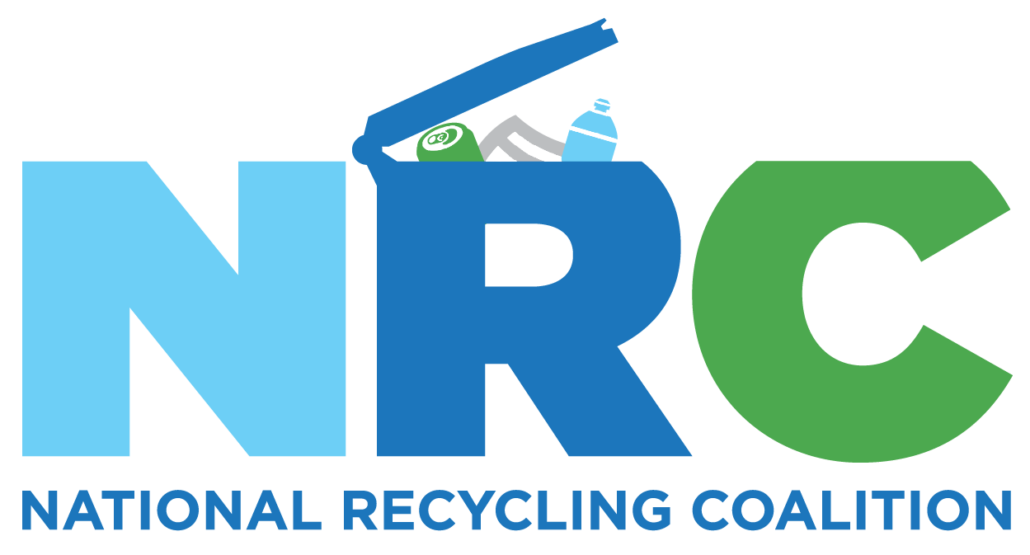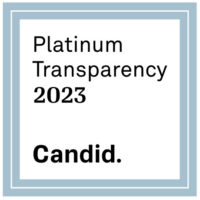By MaryEllen Etienne
Reuse is well known as the “second R” in the reduce-reuse-recycle mantra used by environmental leaders across the globe. Perhaps the term conjures up that reusable bag sitting in your car trunk – but reuse is much more than this. It is a complex and critical component of true Zero Waste.
Espousing the benefits of reuse
It is clear that source reduction and recycling will only get us so far. We can’t achieve Zero Waste without reuse.
We don’t have to look much further than Toyota to see the vital ‘part’ reuse plays in corporate Zero Waste efforts. In the late 1990’s Toyota began replacing cardboard gaylords and wooden pallets with durable, reusable shipping containers to ship parts to dealerships. In the early 2000’s they began using these containers to ship parts from Japan to North America, then to distribution centers. Currently more than 65,000 reusable shipping containers carry 109 million parts annually through a network of 1850 dealers, 150 suppliers and 22 distribution centers. Toyota’s reuse efforts have saved 308 million pounds of wood, 185 millions pounds of cardboard and 445 million dollars in packaging costs since 2002.
In the nonprofit world, we can look to the Scrap Exchange to see how reuse is promoting creativity, environmental awareness and community development. Scrap Exchange is a national model creative reuse center in Durham, North Carolina. By collecting materials from local businesses and residents and selling reclaimed materials – the organization has created 32 jobs and diverts nearly 150 tons annually. With the recent purchase of over 105,000 square feet of commercial space they are poised to create the country’s first “Reuse Arts District” and national center to support reuse initiatives.
All this great work aside, it is important to note that reuse continues to be overshadowed by the “third R”, recycling. This is where reuse advocates come into play.
Making a timely connection
In April 2016, as a new member of American Sustainable Business Council (ASBC) I started to get acquainted with the organization and its work. I had the great fortune to speak with Richard Eidlin, ASBC’s Vice President of Policy about my passion for reuse, its vital role in the broader concept of Zero Waste, and how it all factors into a circular economy. Just a few weeks later, he was approached by Maria Laverdiere, legislative aide to Congressman Keith Ellison (D-MN) to get feedback on their Zero Waste Bill. Richard immediately put me in touch with her.
Getting it right
My work with Maria and Richard began in earnest as I put a critical eye to Ellison’s existing Zero Waste Bill. On first read I noticed it prominently displayed the National Recycling Coalition’s (NRC) newly adopted definition of “recycling” – which, as a NRC Board Member, was wonderful to see and had resulted from Maria’s work with NRC’s Policy Committee in 2015. Upon further review, I noticed that the Bill’s language seemed to overlook reuse. Throughout the document it either skipped directly from waste reduction straight to recycling (missing the “second R”) or referred to a small segment of reuse by occasionally mentioning “product reuse”.
Overlooking reuse is not uncommon, however. I see it everywhere – from municipal waste management plans to corporate Zero Waste programs. It’s easy to confuse reuse with recycling and/or to underestimate its triple bottom line impacts, but I’m hoping that my fellow reuse advocates will educate policy makers and industry leaders, and hold them accountable for including, and even more importantly prioritizing, reuse in their Zero Waste goals and policies.
The other key elements I felt were missing in the legislation were definitions of waste prevention, reuse and Zero Waste. After walking Maria through my suggested edits and describing in more detail the role of reuse in Zero Waste and the circular economy, I began to mark-up the document.
I made the seemingly small but important revisions ensuring reuse was not skipped – and would take its proper place between waste reduction and recycling. Then, to complement the NRC’s definition of recycling, I added my oft-used definition of “reuse” – extending the life of a product, packaging, or resource by either using it more than once for the same or a new function with little to no processing, or repairing it so it can be used longer’. I then crafted a definition of “waste prevention” based on EPA’s use of term. Lastly, I added the peer-reviewed definition of “Zero Waste” which was developed by the Zero Waste International Alliance. Thankfully, these changes were embraced by Ellison’s staff.
In the meantime, I worked with ASBC to organize a Capitol Hill briefing on Zero Waste that was held on November 16, 2016. Congressman Ellison presented the updated document to policy-makers and leaders in the corporate and nonprofit community. The updates were well received and Maria set forth to incorporate the edits and feedback into a finalized document.
Answering the call to action
On January 26, 2017, Maria distributed an email stating Congressman Ellison’s intention to reintroduce the updated Bill known as “Zero Waste Development and Expansion Act of 2017” in the 115th Congress (H.R. 1034) on February 14, 2017. She also encouraged me, ASBC and others involved in the original Bill to show our support once again.
Now it is time to advocate for reuse and Zero Waste. I wholeheartedly agree with Maria’s sentiment and hope to elicit support for this potentially game-changing piece of legislation among my peers.
Let’s prove that eliminating wasteful practices and supporting more reuse and recycling will contribute to increasing jobs and helping those who need affordable food, furniture, clothing and other goods and conserving our resources. Let’s actively support building a viable reuse infrastructure and bring home the manufacturing jobs in recycling in an effort to rebuild infrastructure in America. Let’s also underscore that the reuse and recycling industry is as large as the automobile industry, and a little investment and supportive tax policies would pay off significantly to making America great again.
MaryEllen Etienne has been working in the field of sustainable materials management for over 20 years, with an expertise in reuse. She is the creator and executive producer of ReuseConex and is the author of “The Reuse Primer” and “The Reuse Movement Toolkit”. She can be contacted at [email protected]

